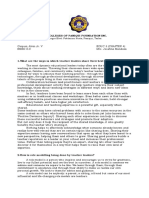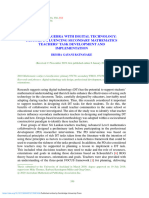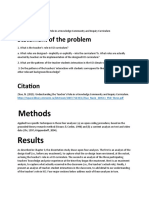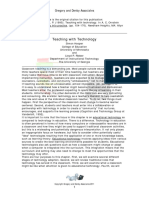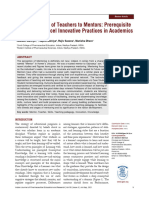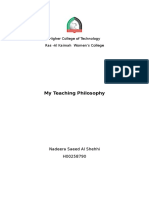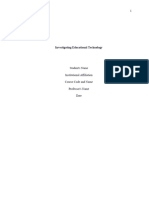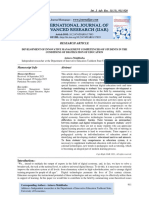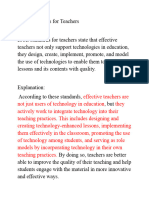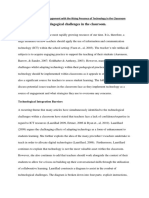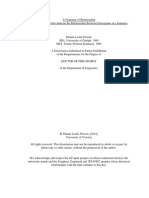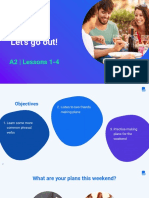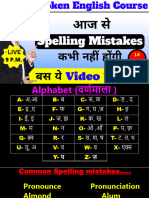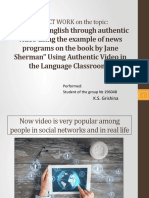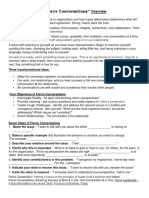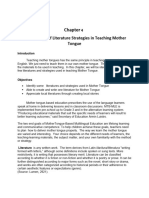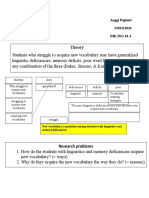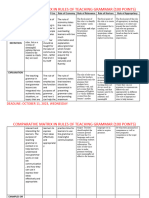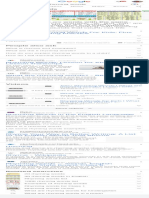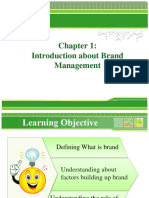0% found this document useful (0 votes)
12 views5 pagesTechnology For Teacher Learning and Performance
The article discusses the importance of technology in supporting teacher learning and performance, focusing on the core tasks of design, enactment, and reflection. It highlights the need for tools that assist teachers in these areas and emphasizes the limited existing literature on effective technological resources for educators. The special issue aims to provide a structured examination of how technology can enhance teacher effectiveness and ultimately improve student learning outcomes.
Uploaded by
aldila13Copyright
© © All Rights Reserved
We take content rights seriously. If you suspect this is your content, claim it here.
Available Formats
Download as PDF, TXT or read online on Scribd
0% found this document useful (0 votes)
12 views5 pagesTechnology For Teacher Learning and Performance
The article discusses the importance of technology in supporting teacher learning and performance, focusing on the core tasks of design, enactment, and reflection. It highlights the need for tools that assist teachers in these areas and emphasizes the limited existing literature on effective technological resources for educators. The special issue aims to provide a structured examination of how technology can enhance teacher effectiveness and ultimately improve student learning outcomes.
Uploaded by
aldila13Copyright
© © All Rights Reserved
We take content rights seriously. If you suspect this is your content, claim it here.
Available Formats
Download as PDF, TXT or read online on Scribd
/ 5











